Visual discrimination Normal Math Worksheets for 6-Year-Olds
6 filtered results
-
From - To
Enhance your child’s learning experience with our Visual Discrimination Normal Math Worksheets designed for 6-year-olds. These engaging worksheets focus on developing vital visual skills, helping young learners differentiate between shapes, sizes, and patterns. By completing these activities, children improve their ability to recognize visual similarities and differences, an essential foundation for math and critical thinking. Our user-friendly format encourages independent learning while fostering confidence. Perfect for home or classroom use, these worksheets will make learning math fun and enjoyable. Equip your child with the necessary skills for academic success as they embark on their math journey!
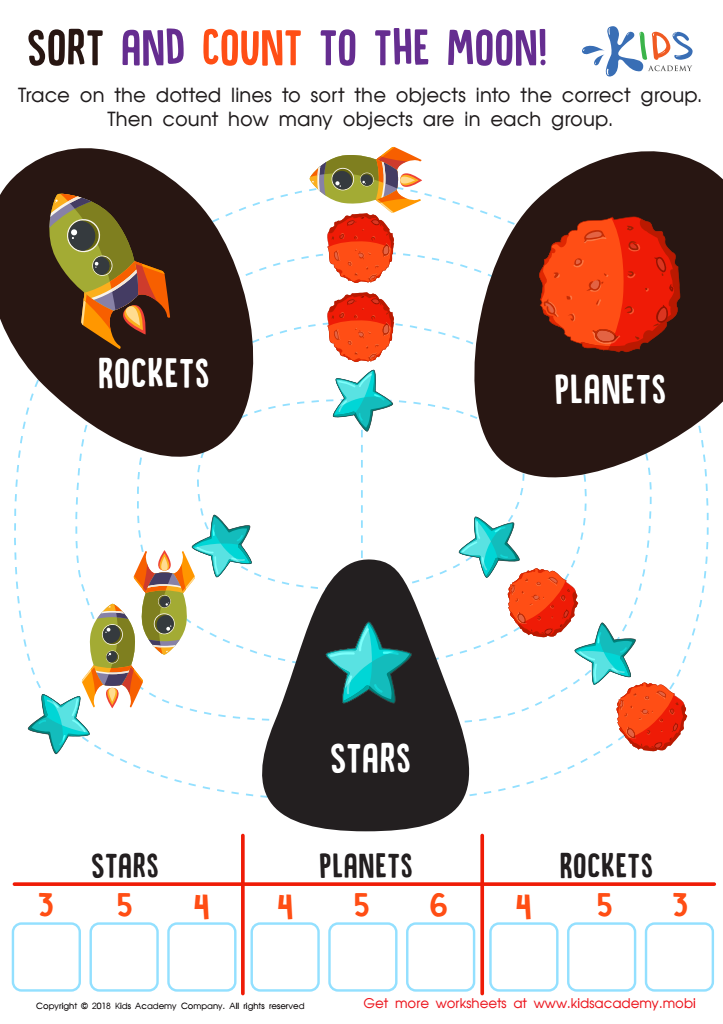

Sort and Count to the Moon Worksheet
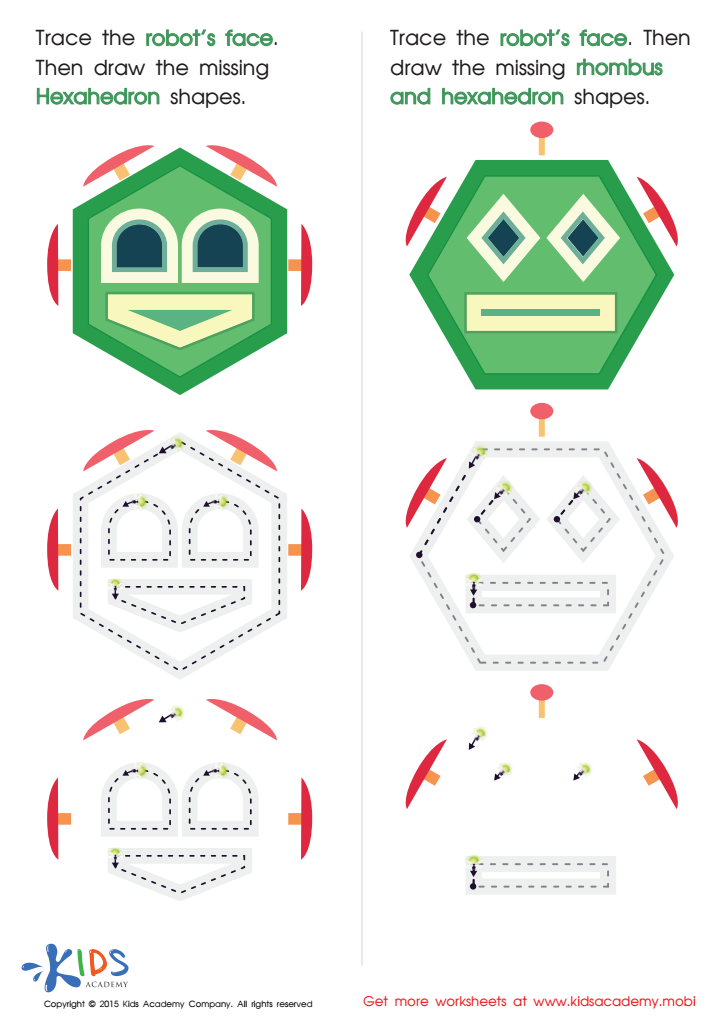

Practice Drawing Hexahedrons And a Rhombus Worksheet
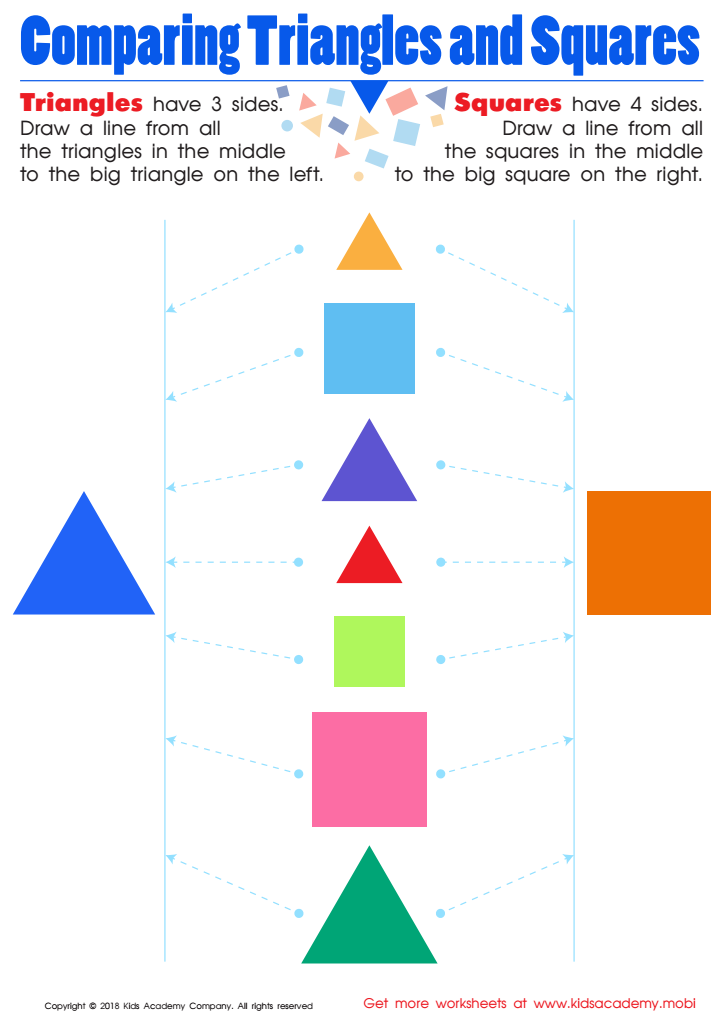

Comparing Triangles Squares Worksheet
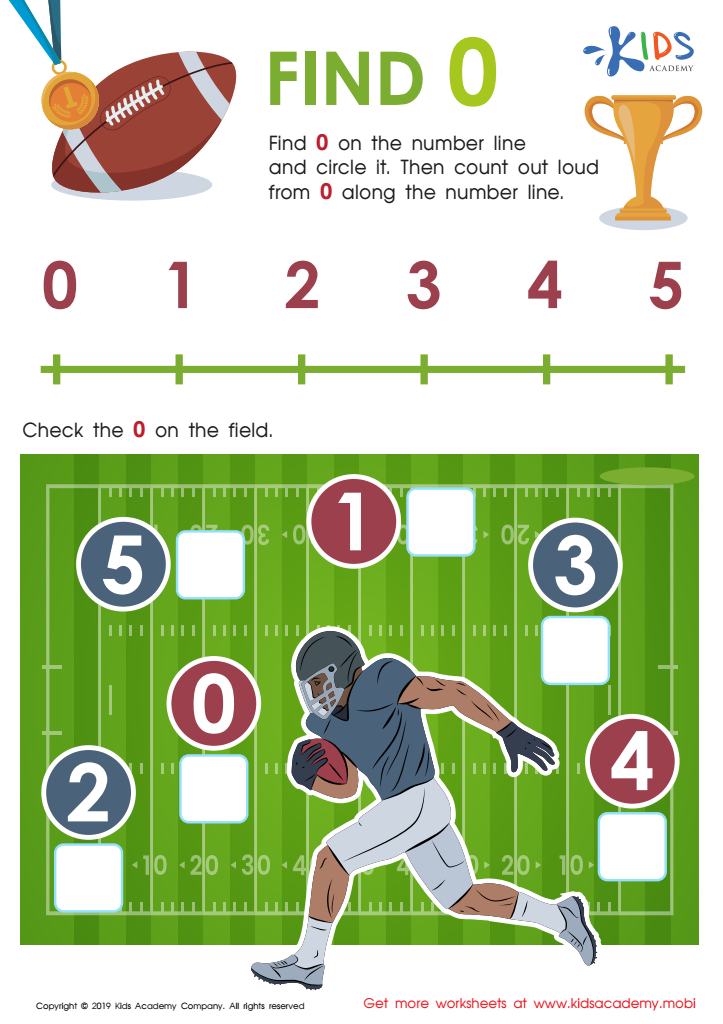

Find 0 Worksheet
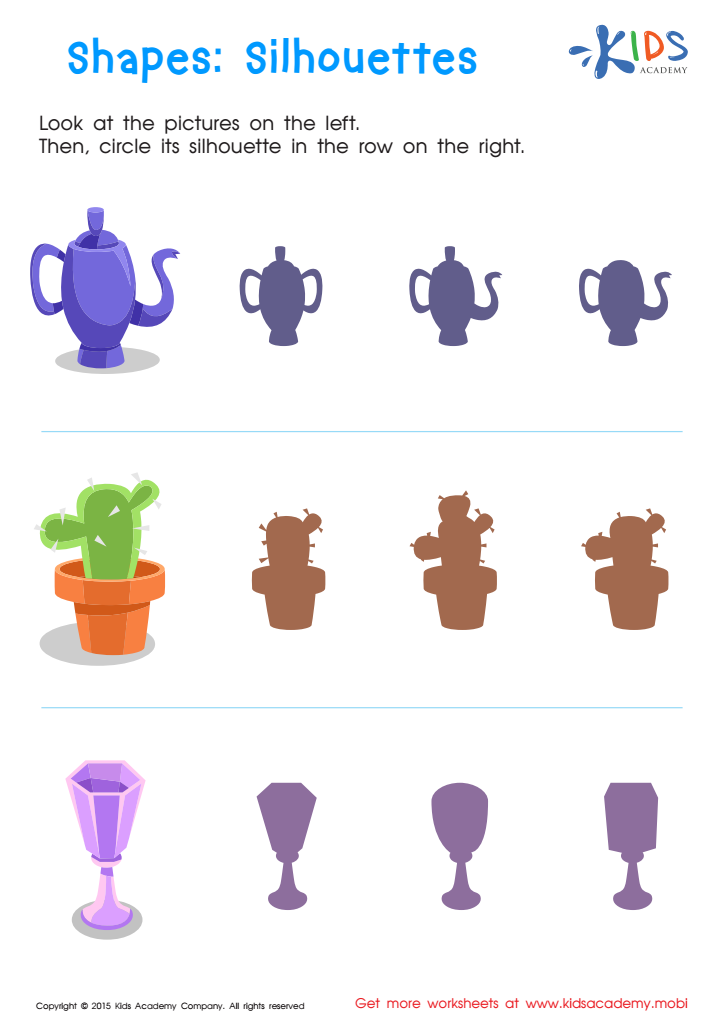

Silhouettes – Shapes Worksheet
Visual discrimination is a crucial skill for 6-year-olds as it forms the foundation for essential math concepts. At this age, children encounter various mathematical tasks, such as recognizing numbers, shapes, and patterns. Strong visual discrimination skills enable them to distinguish between similar-looking numbers (like 2 and 5) or geometric shapes (like squares and rectangles), which is vital for their arithmetic and geometry understanding.
Teachers and parents should care about visual discrimination because it directly impacts a child's ability to perform in school. Children with well-developed visual discrimination skills can better engage with math activities, understand instructions, and complete assignments with confidence. Conversely, difficulties in this area can lead to frustration, diminished self-esteem, and reluctance toward learning—obstacles that may carry on into later grades.
Moreover, reinforcing visual discrimination promotes cognitive development beyond math, enhancing a child's overall learning process. Encouraging activities like sorting objects, following patterns, and identifying differences within visuals not only helps with math but also strengthens skills in reading and comprehension. By investing attention and resources into developing this skill, parents and teachers can set the stage for a positive, confident approach to learning in all subjects, ultimately promoting academic success.
 Assign to My Students
Assign to My Students
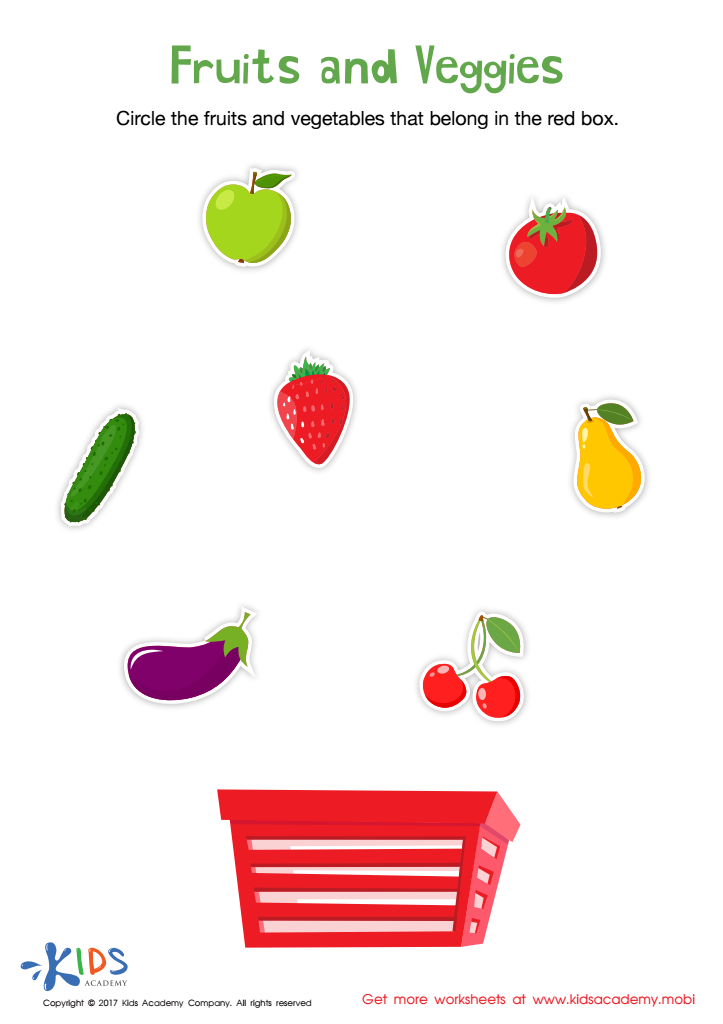




.jpg)










